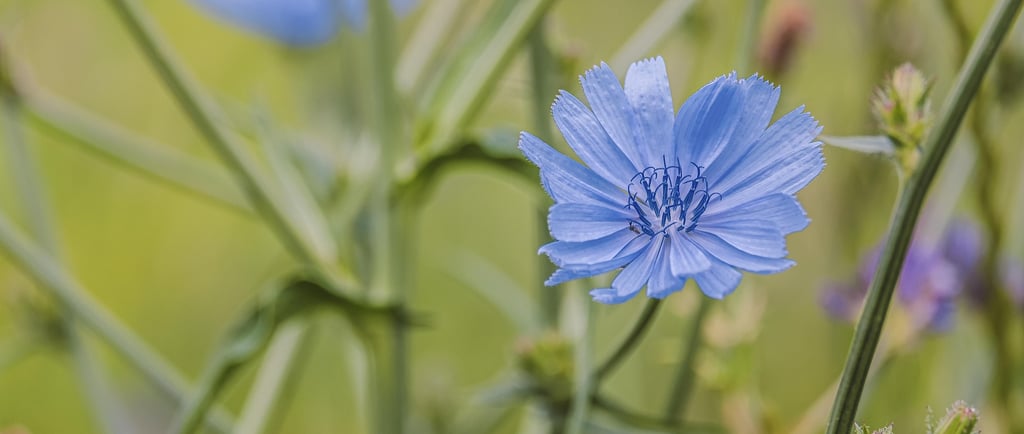From Root to Roast ☕ Chicory’s Mystery
🌼 A follow-up story that connects The Leaf and The Root chapters in the Biology Album. 🌱🌾 This story invites children to uncover a quiet botanical surprise—an earthy root that still warm cups like coffee. As they look more closely, they discover the chicory plant’s hidden pattern: a basal rosette of leaves nestled near the soil and sessile leaves that grow directly from the tall, rising stem. 🌿✨The story reveals the teamwork between leaf and root, and the special role of the taproot—storing sugars made by the leaves. It opens a window into the rhythms of growth and survival, and leaves children wondering:💭 Are there other roots that have been brewed into drinks across cultures and time?
BIOLOGY STORIES
6/24/20252 min read


I brought a branch of a very, very unusual plant today. This is chicory (👏 chi 👏 co 👏 ry), a wildflower with a secret.Can you see what’s on its tall stem? The flowers bloom in a zigzag pattern. 🌼✨Each flower only lasts a single day. But new ones bloom up the stalk every morning, in rhythm with the sun. People long ago noticed this rhythm. Chicory flowers were once used to tell time, because they always opened with the sun and closed by early afternoon. ☀️⏰ In some places, people even said they followed the sun across the sky like little blue suns.
If you look closely, you’ll see something fascinating: each flower has many rays—not true petals, but ligulate florets. Ligulate comes from lingua, Latin for tongue—so they’re ‘tongue flowers!’ 🌼👅 These aren’t just pretty—they’re clever: wide landing pads with nectar hidden at the base to guide pollinators in. 🐝🌞
When the plant first begins to grow in spring, it forms a low, leafy circle hugging the earth. We’ve already discovered different leaf arrangements—alternate, opposite, whorled… do you remember those? 🌿 These leaves look a little like a whorl at the base, so people gave them a special name: basal rosette(from Latin basis, meaning “foundation”). 🌱 These leaves act like foundation solar panels, sending sugars down into the thick root below.
As the plant grows taller, it sends up a sturdy stem. And if you look closely—you’ll notice leaves growing along the stem too! ( show on the real plant ) But they’re not like most leaves—they don’t have petioles. They’re sessile (👏 ses 👏 sile)—meaning they don’t have stems of their own. They grow straight from the stalk, like they’re giving it a leafy hug.🤗🌿The word sessile comes from the Latin word sessilis, which means sitting on a base.🪑🌿
🌾 And hidden underground is the treasure of the chicory - the prescious taproot that dives deep underground like an anchor. 💪🌾 The sugars made by the leaves are tucked away like savings in a bank. Even when the summer dries up, chicory keeps growing—its root dives down like a thirsty straw, searching deep for water.💧
📜 The ancient Egyptians used it as a medicine for the liver and blood. In Roman times, Pliny the Elder wrote that eating chicory every day protected the soul. 🌿✨During hard times in history—especially in Europe—people roasted and brewed chicory roots into a warm, coffee like drink. In France and Belgium, it became a beloved tradition: café de chicorée. Even today in New Orleans, chicory coffee adds its gentle bitterness to the famous morning brew. ☕🌰
💭 I wonder… which other plants have sessile leaves—and do they all hide such deep, rooted secrets below the surface? Are there more flowers that open and close like a clock? And what other roots were turned into drinks during hard times?
With Montessori joy,
Vanina 😊

